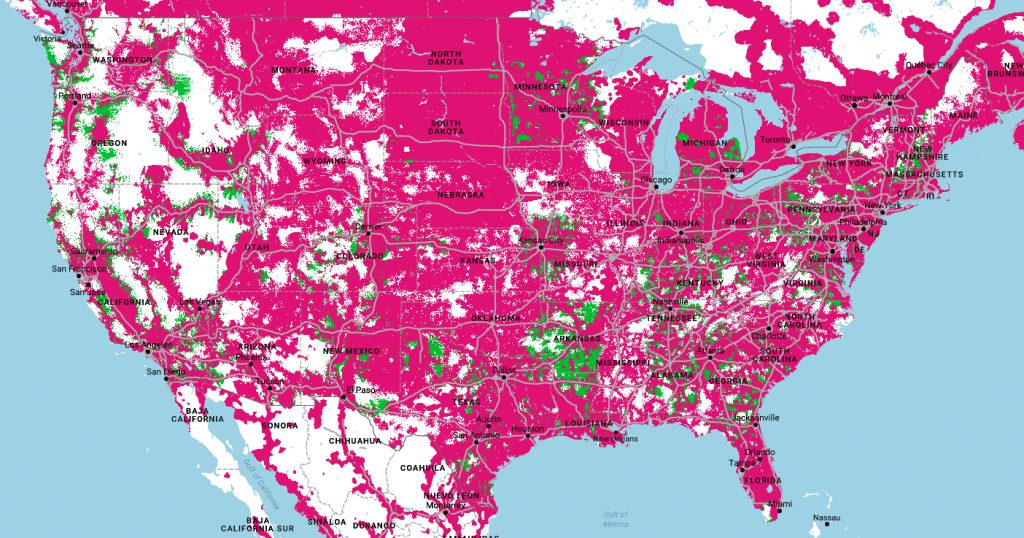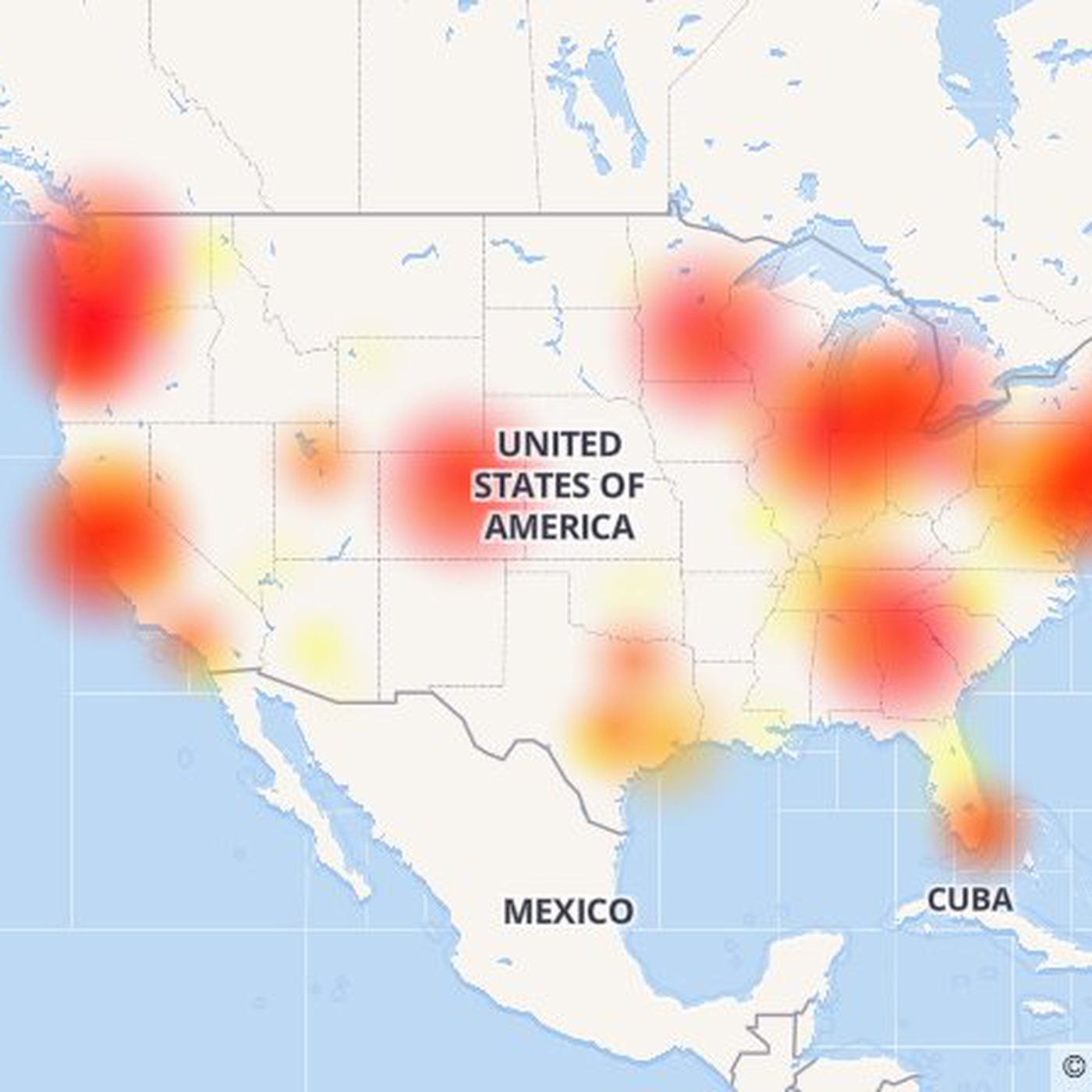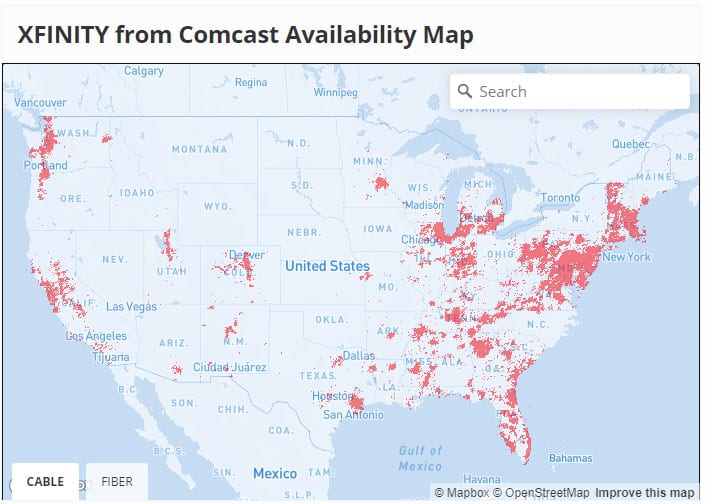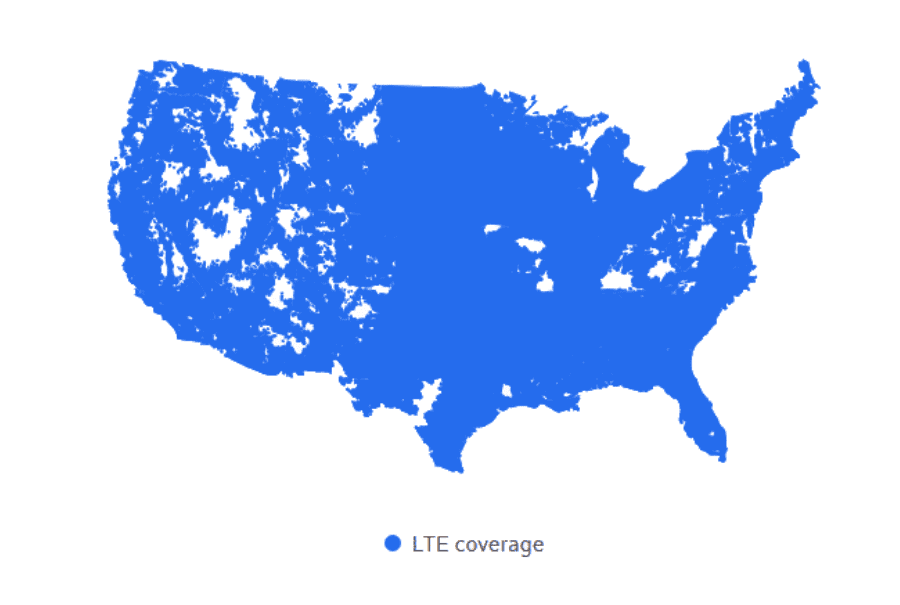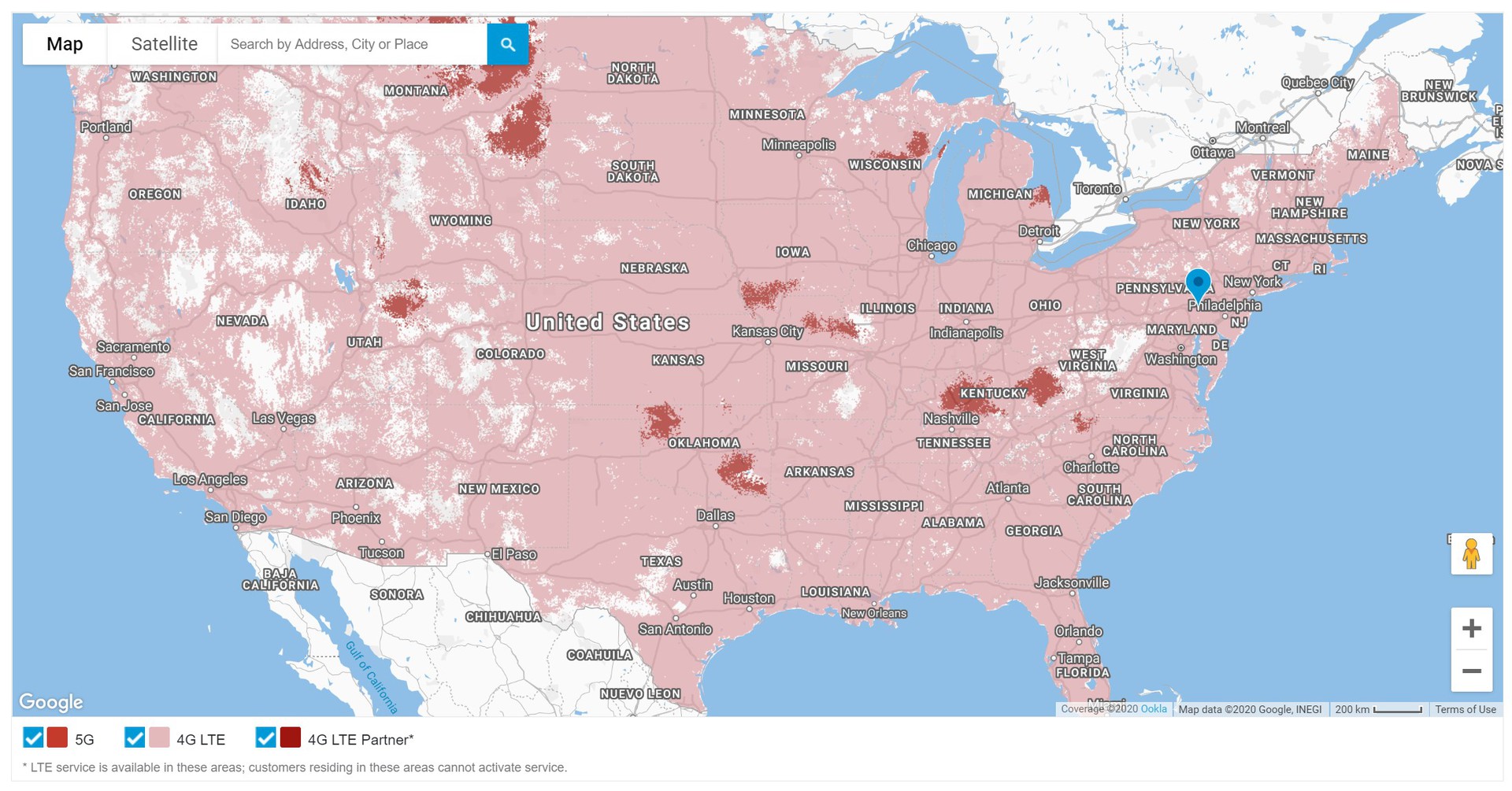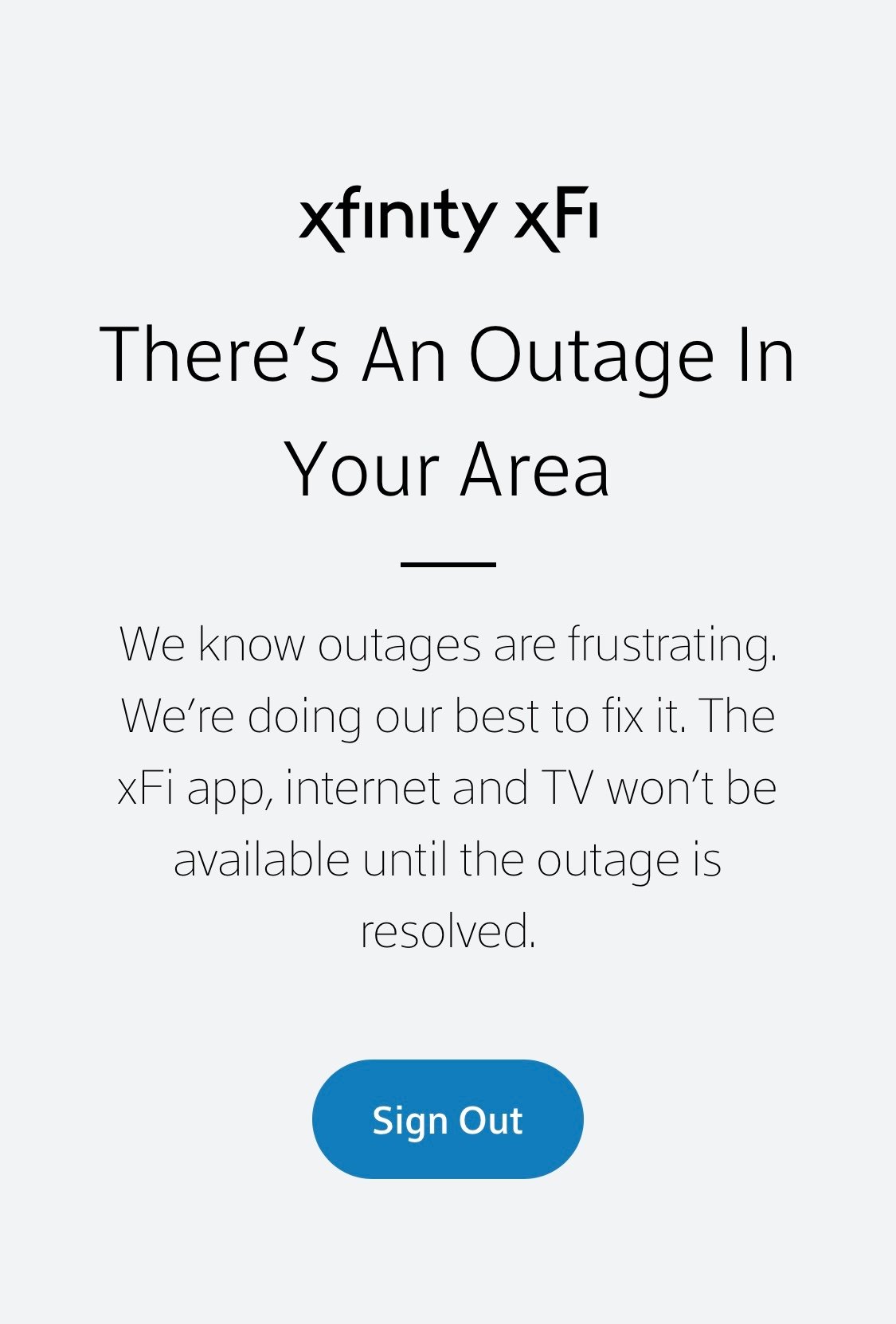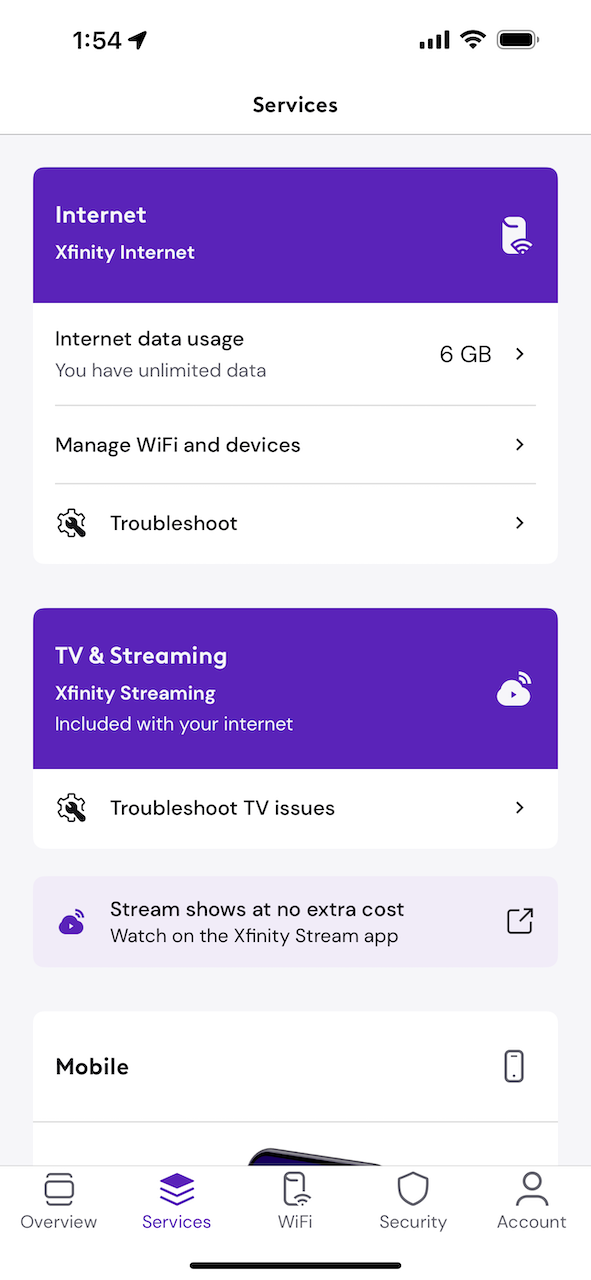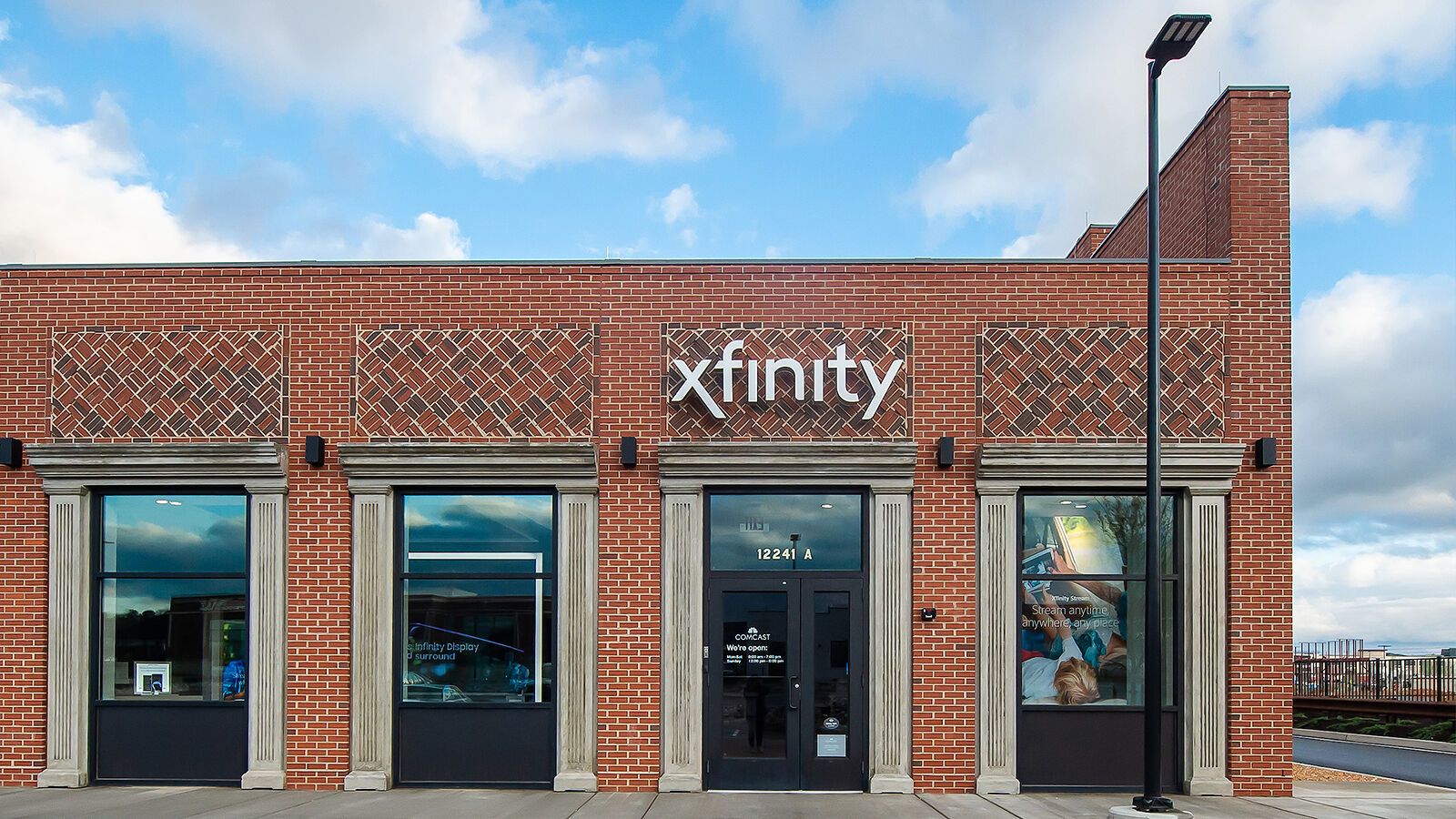Does Xfinity Have Service In My Area

Access to reliable internet service is a crucial aspect of modern life, impacting everything from remote work and education to entertainment and communication. For many, Comcast's Xfinity is a leading option. However, determining whether Xfinity service is available in a specific location requires careful consideration of several factors.
This article aims to provide clarity on how to ascertain Xfinity availability, the factors that influence it, and the alternatives available to consumers in areas where Xfinity doesn't currently offer service.
Determining Xfinity Availability: A Multi-Pronged Approach
The primary method for checking Xfinity availability is through the company's official website. Xfinity's website features a serviceability tool where users can input their address to determine if service is offered.
This tool queries Xfinity's database to identify whether the address falls within their service footprint. Alternatively, potential customers can contact Xfinity directly via phone or visit a local store to inquire about service availability.
Third-party websites, such as the FCC's Broadband Map, can also provide insights into internet providers operating in a specific area. These resources aggregate data from various sources, offering a broader overview of broadband options.
Factors Influencing Xfinity Availability
Several factors influence whether Xfinity offers service in a particular location. Population density plays a significant role, as Xfinity is more likely to serve densely populated areas where the return on investment is higher.
The existing infrastructure also impacts availability. Areas already wired with coaxial cables are more easily served by Xfinity. Geographical challenges, such as mountainous terrain or remote rural locations, can also present logistical and economic barriers to service deployment.
Local regulations and franchise agreements with municipalities can affect Xfinity's ability to operate in a given area. These agreements often dictate the terms under which Xfinity can provide service and may impose certain coverage requirements.
What to do if Xfinity is Unavailable
If Xfinity is not available at a specific address, consumers have several alternatives. Other cable internet providers may operate in the area.
DSL internet, provided by traditional telephone companies, remains an option in many regions, although speeds may be lower than cable. Fixed wireless internet is becoming increasingly popular in rural areas, offering a viable alternative where wired connections are limited.
Satellite internet, offered by companies like HughesNet and Viasat, provides near-universal coverage but typically comes with higher latency and data caps. Furthermore, mobile hotspots and cellular data plans can provide temporary internet access, though this may not be a suitable long-term solution for all users.
Looking Ahead
The expansion of broadband infrastructure continues to be a priority for federal and state governments. Initiatives like the Broadband Equity, Access, and Deployment (BEAD) program, part of the Infrastructure Investment and Jobs Act, aim to bridge the digital divide and extend internet access to unserved and underserved communities.
These programs could potentially incentivize providers like Xfinity to expand their service footprint or encourage the development of alternative internet solutions in areas where Xfinity is currently unavailable. Consumers are advised to stay informed about local and national broadband initiatives and explore all available options to secure reliable internet service.
Ultimately, determining Xfinity availability is a straightforward process, but understanding the underlying factors and exploring alternative solutions is crucial for those seeking internet connectivity.

